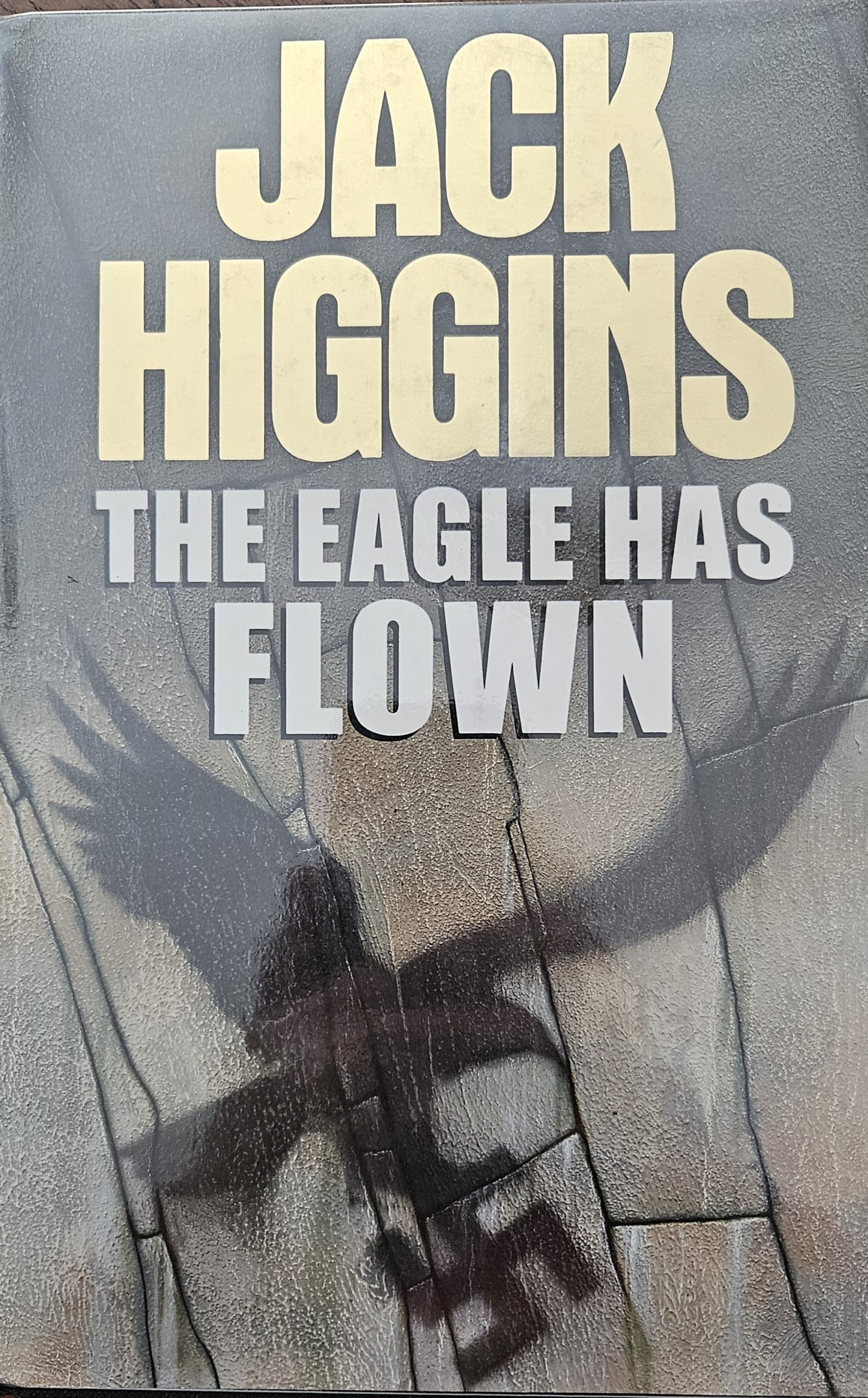Hiram Bingham – Lost City of the Incas
First Folio Society Edition – Mint Condition. Introduction by John Hemming. As New. The Folio Society, 2004. No Jacket as the book has a rigid slipcase. As Issued, in perfect condition. Pages: 266.
A True Work of Art. The volume is bound in decorative grey patterned cloth. Multiple illustrations. Issued Slipcase and Volume are both FINE – as-new and unread.
NOTE this book may require extra shipping costs. First edition – Folio Society.
$190.00
+ Free ShippingPreface
In 1911 Hiram Bingham ventured into the wild and then unknown country of the Eastern Peruvian Andes–and in 1911 came upon the fabulous Inca city that made him famous: Machu Picchu. In the space of one short season he went on to discover two more lost cities, including Vitcos, where the last Incan Emperor was assassinated. A pre-historian with a love of exotic destinations, set out to Peru in search of the legendary city of Vilcabamba, capital city of the last Inca ruler, Manco Inca. With a combination of doggedness and good fortune he stumbled on the perfectly preserved ruins of Machu Picchu perched on a cloud-capped ledge 2000 feet above the torrent of the Urubamba River. The buildings were of white granite, exquisitely carved blocks each higher than a man. Bingham had not, as it turned out, found Vilcabamba, but he had nevertheless made an astonishing and memorable discovery, which he describes in his bestselling book LOST CITY OF THE INCAS.
Hiram Bingham also describes the Peruvian expedition to the Inca capitals of Vitcos and Vilcapampa, lost for three centuries under the shadow of Machu Picchu mountain. Here is all that is known about Machu Picchu, its origin, how it came to be lost, and how it was finally discovered.
Description
First Folio Society Edition – Mint Condition. Introduction by John Hemming. As New. The Folio Society, 2004. No Jacket as the book has a rigid slipcase. As Issued, in perfect condition. Pages: 266.
A True Work of Art. The volume is bound in decorative grey patterned cloth. Multiple illustrations. Issued Slipcase and Volume are both FINE – as-new and unread.
NOTE this book may require extra shipping costs. First edition – Folio Society.
Please ask, if you would like more photographs.
If you require a personal viewing, please ask.
Size: 260 x 175 x 35
Weight: 0.987kg
Folio Society
Great books should be outstanding, not only in literary content, but also in their physical form: this has been the philosophy of The Folio Society since it was founded in 1947 by Charles Ede, with a dream of publishing beautiful books that would be affordable to everyone. Our pleasure in reading is enhanced by the book itself, in which typography, illustration, paper, printing and binding all play a part in creating a harmonious whole. In a world of declining publishing standards, where most books are cheaply printed, and bound using low-grade materials, The Folio Society resolutely sets store by traditional values of excellence; for our designers and production personnel the term ‘quite good’ means ‘no good’: only the best is good enough.
Folio has published an astonishing range of works; from Moby-Dick to Pather Panchali, and from the Qur’ân to Kerouac’s On The Road. The quality of their books as tactile and aesthetic objects has been a constant hallmark, but members (some of whom have been with them from their inception in 1947) have long looked beyond our exceptional covers, to the standards we uphold for each and every text. From introducers who make up the great names of modern literature and academia, and editors and picture researchers who ensure unrivalled standards of research and textual work, to their artists who have swept the board in so many illustrations awards – Folio offers a complete experience for the discerning booklover.
https://www.goodreads.com/book/show/79940159-empires-of-the-ancient-near-east













Reviews
There are no reviews yet.